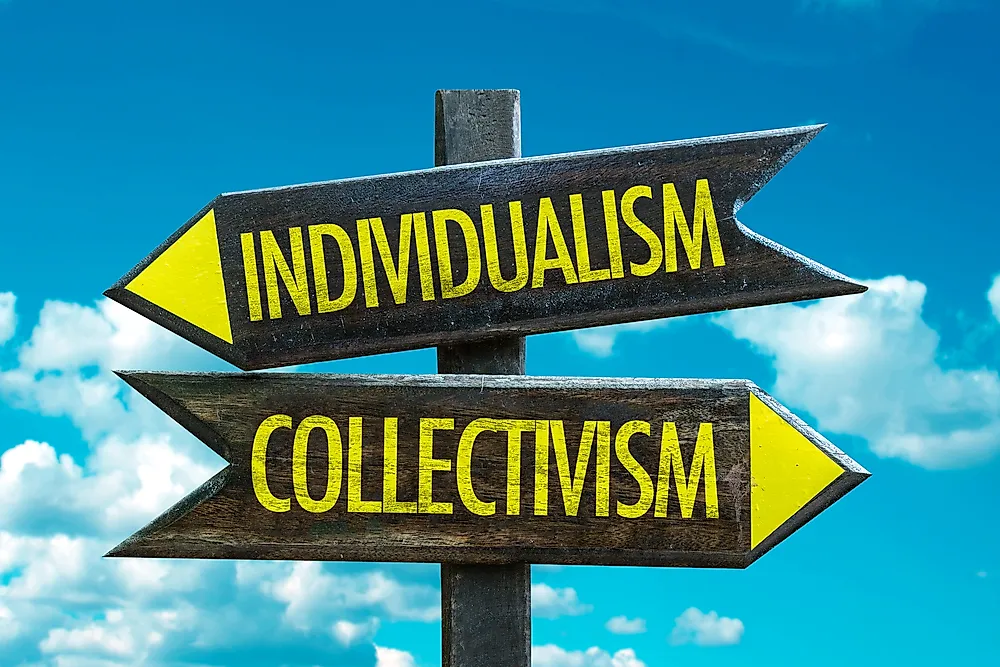The United States of America (USA) and China, as two global giants, exhibit stark differences in their histories, cultures, political systems, and societal norms. Understanding these distinctions is paramount for fostering international cooperation, navigating diplomatic relations, and comprehending the intricate dynamics that shape the global stage. In this article, we delve into key aspects that shed light on the differences between the USA and China.
1. Historical Context: Foundation of Identities
Understanding the historical context is fundamental to grasping the differences between the USA and China. The USA, with a history rooted in European colonization and the quest for independence, has shaped a narrative of individualism, democracy, and diverse cultural influences. In contrast, China's history spans millennia, marked by dynasties, philosophical traditions, and a distinct sense of continuity that shapes its identity.
2. Political Systems: Democracy vs. One-Party Rule
Perhaps one of the most significant differences lies in the political systems of the two nations. The USA operates under a democratic system with a constitutionally defined separation of powers, fostering a multi-party political landscape. China, on the other hand, adheres to one-party rule led by the Chinese Communist Party (CCP), where political power is centralized.
3. Cultural Values: Individualism vs. Collectivism

Cultural values play a pivotal role in shaping societies. The USA places a strong emphasis on individualism, personal freedoms, and the pursuit of happiness. In contrast, China values collectivism, emphasizing harmony, societal order, and the importance of the collective good over individual desires.
4. Economic Models: Capitalism vs. Socialism with Chinese Characteristics
Economic systems contribute significantly to the differences between the USA and China. The USA follows a capitalist model, emphasizing free-market principles, private enterprise, and competition. China, while embracing elements of a market economy, operates under "Socialism with Chinese Characteristics," involving state intervention and strategic planning.
5. Global Influence and Diplomacy Styles
Both nations exert considerable influence on the global stage, but their approaches to diplomacy differ. The USA, historically a proponent of liberal internationalism, emphasizes alliances, multilateral institutions, and a rules-based international order. China, while engaging in international organizations, often pursues a more pragmatic and bilateral approach, prioritizing its national interests.
6. Human Rights and Governance
Divergent views on human rights and governance underscore the differences between the USA and China. The USA advocates for democratic governance, individual freedoms, and human rights as universal values. China, while acknowledging economic and social rights, emphasizes cultural relativism and rejects external interference in its domestic affairs.
7. Media and Information Landscape
The media and information landscape reflects the differences in the flow of information between the two nations. In the USA, a diverse and free media landscape contributes to a multitude of perspectives. In China, media operates within certain bounds set by the CCP, reflecting a more controlled dissemination of information.
8. Education Systems and Philosophies
Educational systems mirror cultural values and priorities. The USA values a broad-based education system emphasizing critical thinking, creativity, and individual expression. China's education system, influenced by Confucian traditions, places a strong emphasis on academic excellence, discipline, and societal values.
Navigating Complexity: Finding Common Ground

While understanding differences is crucial, finding common ground is equally essential for fostering cooperation and addressing global challenges. Both the USA and China share common interests in areas such as economic stability, climate change, and global health. Navigating the complexities involves recognizing shared objectives and building on areas of mutual benefit.
Conclusion
Understanding the differences between the USA and China is an ongoing process, shaped by historical legacies, cultural values, and evolving global dynamics. Embracing a nuanced perspective that acknowledges both commonalities and disparities is vital for cultivating a constructive and cooperative relationship between these two influential nations.
As the world continues to navigate an interconnected and interdependent future, bridging the gaps between the USA and China requires open dialogue, mutual respect, and a commitment to finding solutions that serve the interests of both nations and the global community
(FAQs)
Q. How do the historical foundations of the USA and China differ?
Ans: The USA emerged from a revolutionary spirit, while China has a rich history spanning millennia with periods of dynastic rule.
Q. What economic models do the USA and China follow?
Ans: The USA follows a capitalist model, while China combines elements of socialism and market-oriented reforms.
Q. How do the political systems in the USA and China differ?
Ans: The USA operates under a democratic republic, whereas China has a socialist system led by the Chinese Communist Party.
Q. What role does culture play in shaping the differences between the USA and China?
Ans: The USA is characterized by diversity and individualism, while Chinese culture reflects Confucian values and a rich historical heritage.
Q. How do the USA and China approach individual rights?
Ans: The USA emphasizes individual rights enshrined in the Constitution, while China views individual rights within the context of social harmony.



.webp)



.webp)